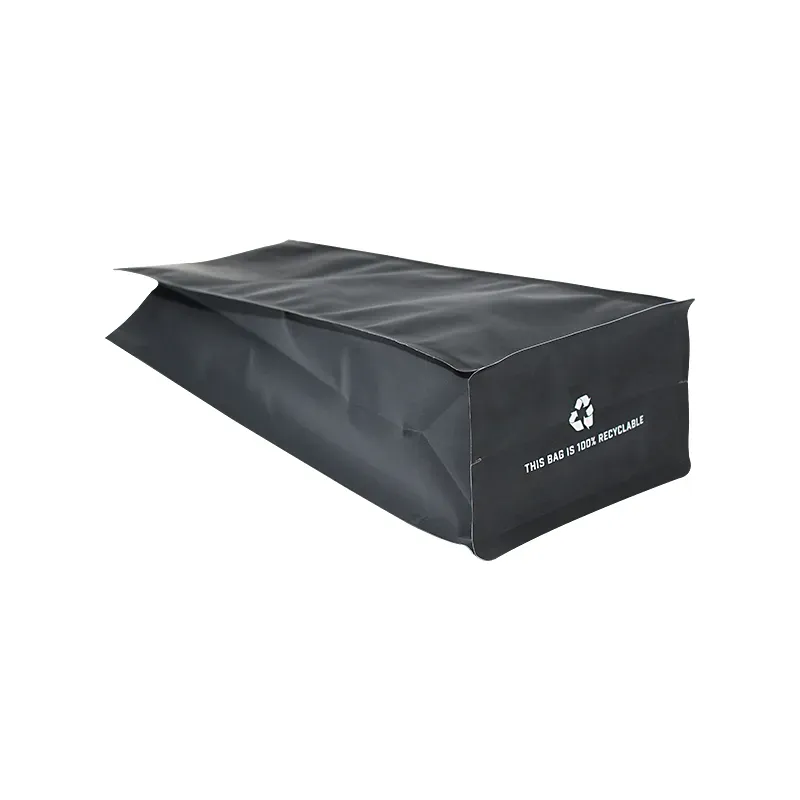- Afrikaans
- Albanian
- Amharic
- Arabic
- Armenian
- Azerbaijani
- Basque
- Belarusian
- Bengali
- Bosnian
- Bulgarian
- Catalan
- Cebuano
- chinese_simplified
- chinese_traditional
- Corsican
- Croatian
- Czech
- Danish
- Dutch
- English
- Esperanto
- Estonian
- Finnish
- French
- Frisian
- Galician
- Georgian
- German
- Greek
- Gujarati
- haitian_creole
- hausa
- hawaiian
- Hebrew
- Hindi
- Miao
- Hungarian
- Icelandic
- igbo
- Indonesian
- irish
- Italian
- Japanese
- Javanese
- Kannada
- kazakh
- Khmer
- Rwandese
- Korean
- Kurdish
- Kyrgyz
- Lao
- Latin
- Latvian
- Lithuanian
- Luxembourgish
- Macedonian
- Malgashi
- Malay
- Malayalam
- Maltese
- Maori
- Marathi
- Mongolian
- Myanmar
- Nepali
- Norwegian
- Norwegian
- Occitan
- Pashto
- Persian
- Polish
- Portuguese
- Punjabi
- Romanian
- Russian
- Samoan
- scottish-gaelic
- Serbian
- Sesotho
- Shona
- Sindhi
- Sinhala
- Slovak
- Slovenian
- Somali
- Spanish
- Sundanese
- Swahili
- Swedish
- Tagalog
- Tajik
- Tamil
- Tatar
- Telugu
- Thai
- Turkish
- Turkmen
- Ukrainian
- Urdu
- Uighur
- Uzbek
- Vietnamese
- Welsh
- Bantu
- Yiddish
- Yoruba
- Zulu
paper weight chart
Understanding Paper Weight and Its Importance A Comprehensive Guide
When it comes to printing, crafting, or even simple office tasks, the weight of paper is a crucial factor that can significantly affect the outcome of your project. Whether you're selecting paper for a business report, an art project, or even for your printer at home, understanding the concept of paper weight can enhance your decision-making process. This article will delve into paper weights, how they are measured, and the implications of different weights for various applications.
What is Paper Weight?
Paper weight is a measurement of how heavy a ream (typically 500 sheets) of paper is, expressed in pounds (lbs) or grams per square meter (gsm). These measurements help characterize the density and thickness of the paper, which can influence its durability, opacity, and feel. Understanding paper weight is vital because the choice of paper can impact everything from printing quality to perceived professionalism in a presentation.
Types of Paper Weights
Paper comes in various weights, typically ranging from lightweight options (20 lbs or 75 gsm) to heavyweight paper (over 120 lbs or 300 gsm). Here’s a brief overview of common paper types and their weights
1. Text Paper Often used for documents, brochures, and books. Standard weights range from 20 lbs (75 gsm) to 100 lbs (150 gsm). The lighter weights are suitable for everyday printing, while heavier options are preferred for high-quality publications or when sending important documents.
2. Cover Paper This is used for business cards, postcards, and covers of booklets. Cover paper weights generally range from 60 lbs (160 gsm) to 130 lbs (350 gsm). Higher weights signify greater thickness and durability, making them ideal for products that need to withstand handling.
paper weight chart

3. Cardstock Heavier than cover paper, cardstock is typically used for projects like greeting cards, scrapbooking, and invitations. It usually starts around 65 lbs (176 gsm) and can go up to 110 lbs (300 gsm) or more, providing a sturdy and high-quality finish.
4. Specialty Paper This category includes a variety of unique papers, such as textured, glossy, or recycled papers. The weight varies widely depending on the intended use, often ranging between 70 lbs (100 gsm) and 120 lbs (450 gsm).
Choosing the Right Paper Weight
Selecting the appropriate paper weight is essential based on the purpose of your project. For instance, if you are printing everyday documents, a standard 20 lb or 24 lb paper would suffice. However, for formal reports, presentations, or any documents meant to impress, opting for heavier weights like 32 lbs or even specialty paper can significantly enhance perceived quality.
For printing photos or promotional materials, a glossy paper with a weight between 200 gsm and 300 gsm can produce stunning results, bringing vibrancy and depth to the images. Conversely, an invitation or greeting card might benefit from a textured cardstock, which gives a tactile experience that enhances the overall presentation.
Conclusion
In conclusion, understanding paper weight is essential for anyone engaged in printing or crafting. Knowing the differences in weight and how it applies to your specific needs can ensure that your projects not only look great but also convey the right message. Paper weight charts serve as handy tools in this endeavor, offering guidance on which type of paper best suits your project. Whether you're a professional designer or a casual crafter, making informed decisions about paper weight will undoubtedly elevate the quality of your work. Choose wisely, and let the right paper weight help you achieve your creative vision.













